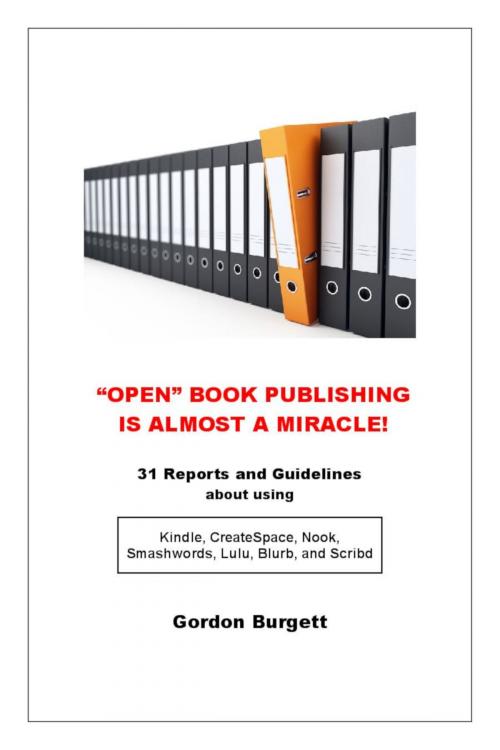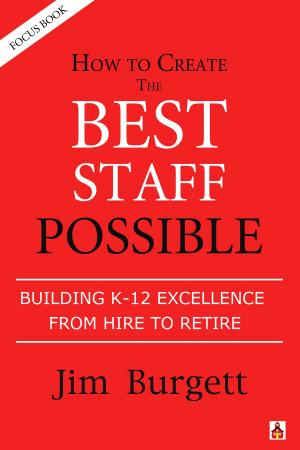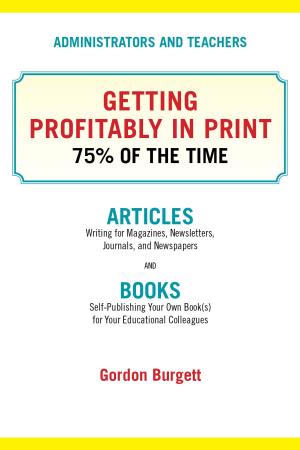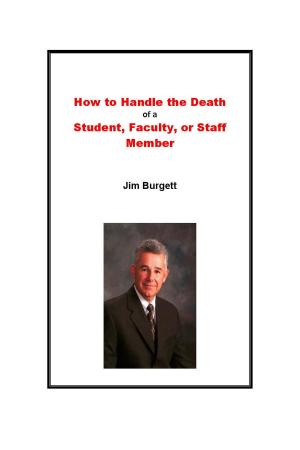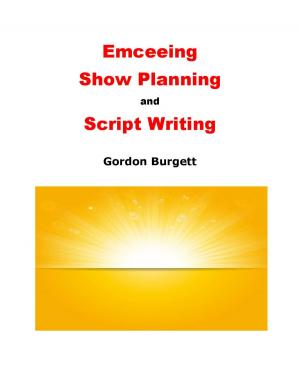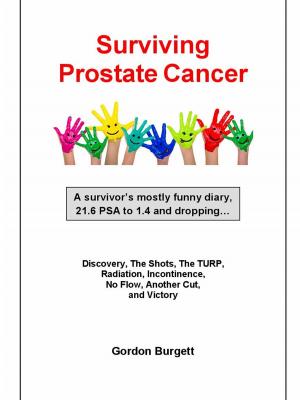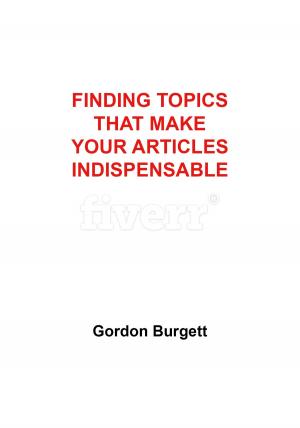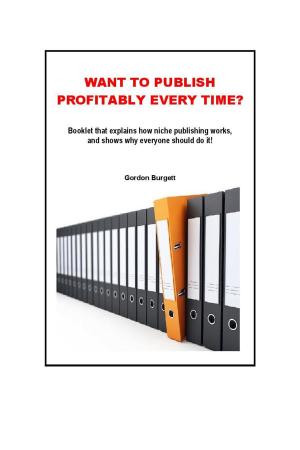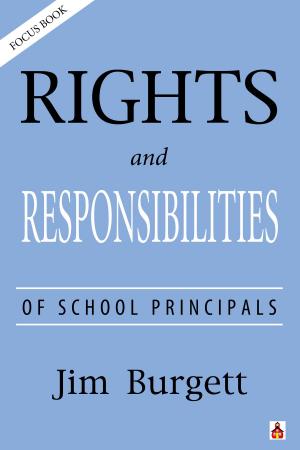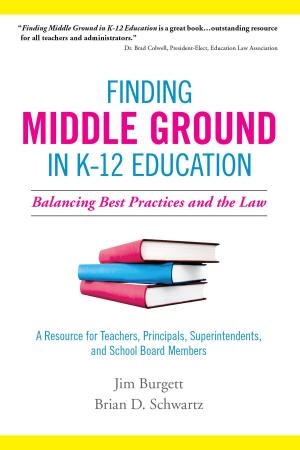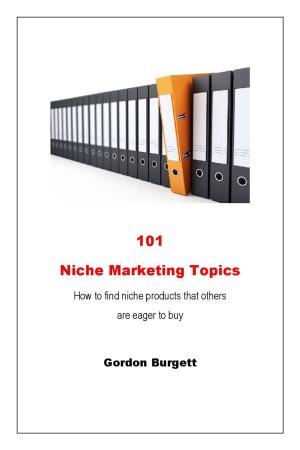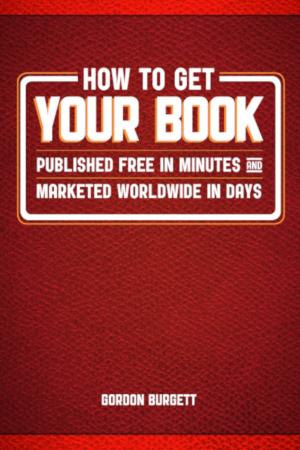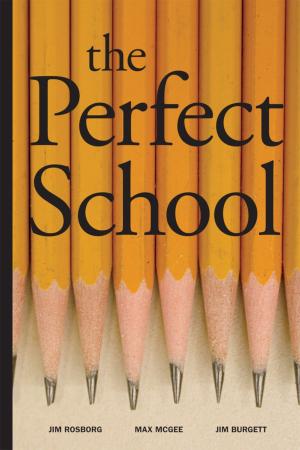"Open" Book Publishing is Almost a Miracle! (31 reports and guidelines)
Nonfiction, Reference & Language, Language Arts, Writing & Publishing, Publishing, Business & Finance, Finance & Investing, Finance| Author: | Gordon Burgett | ISBN: | 9780979629518 |
| Publisher: | Gordon Burgett | Publication: | June 4, 2012 |
| Imprint: | Smashwords Edition | Language: | English |
| Author: | Gordon Burgett |
| ISBN: | 9780979629518 |
| Publisher: | Gordon Burgett |
| Publication: | June 4, 2012 |
| Imprint: | Smashwords Edition |
| Language: | English |
The title really says it all: “Open” Book Publishing is Almost a Miracle!
About four years ago some printers changed their business model, and that changed the entire publishing landscape. They told authors and publishers how to submit their books—it didn’t much matter what they were about, as long as they weren’t too dirty or bizarre—and, if a few sensible steps were followed, they would produce a printed book and would help distribute it. Almost free (about $25) for paperback proofs, totally free for ebooks. And fast too.
Digital books, called ebooks, were posted and usually available to buyers in minutes, at most, hours. The publishers showed you on your computer screen what the book's text and artwork looked like just as quickly as you sent it electronically and their software converted into their house text. If the submitter wanted it to look differently, he made the adjustments and sent it in again, until both were satisfied. The publisher paid from 30-85% of the royalty when the ebooks sold. No shipping, no warehousing, and usually no tax.
Three more houses followed a parallel philosophy and produced ink-on-paper books, mostly paperbacks. They are CreateSpace, Blurb, and Lulu again.
Here, the submitter had more steps to follow. They had to send a full cover (front, back, and spine), usually as a .jpg and a minimal size. (Yet all three had a do-it-yourself process on their website to help the author create a free cover.) The submitter got a chance to hand-read their book’s printed proof when it arrived a day or two after the submission steps were completed. They had to give a thumbs-up to the publisher (or not). They also paid for that proof’s mailing—that’s the $25 or so.
There’s a lot more to say about this near-miracle: much of that appears in the pages of the 31 reports and guidelines that follow.
Why does it look like a miracle to be able to write and publish any book you want fast and mostly free? Because in the old days, like a decade back, you really had two choices: (1) get another publisher to sit on your approved manuscript for 18 months, then pay you about 10% in royalties a couple of times a year, or (2) self-publish it, which took a ton of learning, work, and writing—then finding somebody to buy it, then sell it! The second, (2), cost from $2,000-5,000 to do it right, and unless you were niche publishing and pretesting, there was no guarantee you’d come close to breaking even.
The first route didn’t work for about 98% of those who tried to get their novel or how-to book bought; the second was a reinventing of the printing wheel for every tome.
Then the miracle took place. Publishers popped out of the printwork and asked you to write for them, and they’d not only take care of all of the stuff that writers hate (like marketing), they’d even pay you a royalty if your book was anywhere near as good and popular as you thought it was! (They’d pay you if there was only one sale too.)
So on these pages, Gordon Burgett, publisher since 1982 and author of 41 books in print, wrote a primer (sold by Smashwords) called How to Get Your Book Published Free in Minutes and Marketed Worldwide in Days.
Two years have passed since that book appeared, and Burgett has been blogging for the profession ever since. So in this book, "Open" Book Publishing is Almost a Miracle!" Burgett explains the most important changes and newest guidelines, shared as they happened in the blogs and now updated for current use.
Burgett has divided the book into eight sections: General Thoughts, Book Preparation for Open Publishing, Book Cover, Details, Publishing the Books, Specific Open Publishers, Publishing Six Open Books in Six Days, and Future Thoughts.
Is a book with your name on it selling worldwide worth $4.95?
The title really says it all: “Open” Book Publishing is Almost a Miracle!
About four years ago some printers changed their business model, and that changed the entire publishing landscape. They told authors and publishers how to submit their books—it didn’t much matter what they were about, as long as they weren’t too dirty or bizarre—and, if a few sensible steps were followed, they would produce a printed book and would help distribute it. Almost free (about $25) for paperback proofs, totally free for ebooks. And fast too.
Digital books, called ebooks, were posted and usually available to buyers in minutes, at most, hours. The publishers showed you on your computer screen what the book's text and artwork looked like just as quickly as you sent it electronically and their software converted into their house text. If the submitter wanted it to look differently, he made the adjustments and sent it in again, until both were satisfied. The publisher paid from 30-85% of the royalty when the ebooks sold. No shipping, no warehousing, and usually no tax.
Three more houses followed a parallel philosophy and produced ink-on-paper books, mostly paperbacks. They are CreateSpace, Blurb, and Lulu again.
Here, the submitter had more steps to follow. They had to send a full cover (front, back, and spine), usually as a .jpg and a minimal size. (Yet all three had a do-it-yourself process on their website to help the author create a free cover.) The submitter got a chance to hand-read their book’s printed proof when it arrived a day or two after the submission steps were completed. They had to give a thumbs-up to the publisher (or not). They also paid for that proof’s mailing—that’s the $25 or so.
There’s a lot more to say about this near-miracle: much of that appears in the pages of the 31 reports and guidelines that follow.
Why does it look like a miracle to be able to write and publish any book you want fast and mostly free? Because in the old days, like a decade back, you really had two choices: (1) get another publisher to sit on your approved manuscript for 18 months, then pay you about 10% in royalties a couple of times a year, or (2) self-publish it, which took a ton of learning, work, and writing—then finding somebody to buy it, then sell it! The second, (2), cost from $2,000-5,000 to do it right, and unless you were niche publishing and pretesting, there was no guarantee you’d come close to breaking even.
The first route didn’t work for about 98% of those who tried to get their novel or how-to book bought; the second was a reinventing of the printing wheel for every tome.
Then the miracle took place. Publishers popped out of the printwork and asked you to write for them, and they’d not only take care of all of the stuff that writers hate (like marketing), they’d even pay you a royalty if your book was anywhere near as good and popular as you thought it was! (They’d pay you if there was only one sale too.)
So on these pages, Gordon Burgett, publisher since 1982 and author of 41 books in print, wrote a primer (sold by Smashwords) called How to Get Your Book Published Free in Minutes and Marketed Worldwide in Days.
Two years have passed since that book appeared, and Burgett has been blogging for the profession ever since. So in this book, "Open" Book Publishing is Almost a Miracle!" Burgett explains the most important changes and newest guidelines, shared as they happened in the blogs and now updated for current use.
Burgett has divided the book into eight sections: General Thoughts, Book Preparation for Open Publishing, Book Cover, Details, Publishing the Books, Specific Open Publishers, Publishing Six Open Books in Six Days, and Future Thoughts.
Is a book with your name on it selling worldwide worth $4.95?
